Humans make art. We do this for many reasons and with whatever technologies are available to us. But what can we really know about their creators and what the images originally meant?
- c. 10,000 B.C.E.

Humans make art. We do this for many reasons and with whatever technologies are available to us. But what can we really know about their creators and what the images originally meant?
- c. 10,000 B.C.E.
We're adding new content all the time!
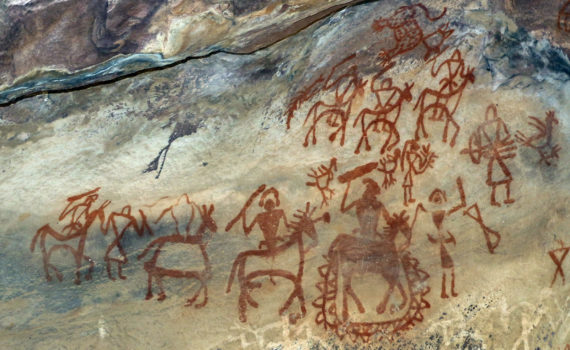
Paintings in the rock shelters in Bhimbetka are the oldest art of South Asia.
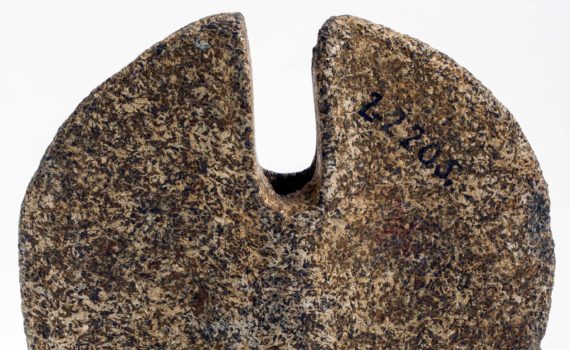
Between 6000 and 1000 B.C.E., thousands of nomadic Native Americans travelled and lived along the Mississippi and Ohio rivers, making enigmatic, carefully carved stones.
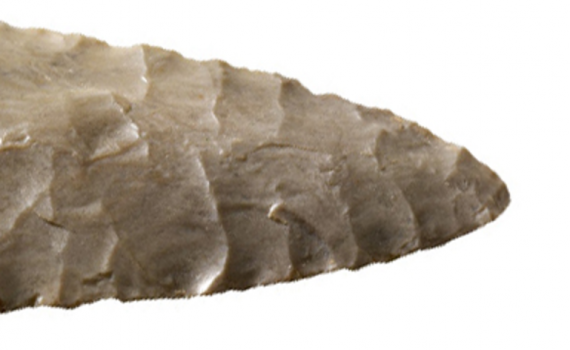
The first clear evidence of human activity in North America are spearheads used to hunt large game.
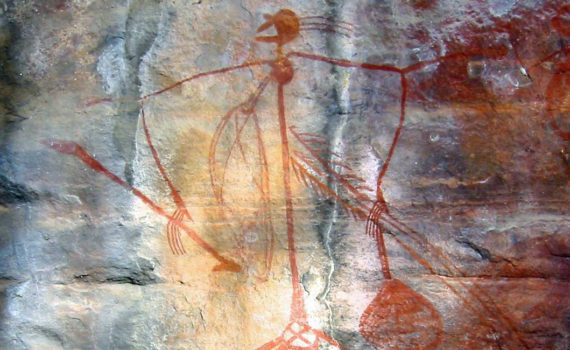
The cave paintings, rock carvings, and archaeological sites record the skills and way of life of the region’s inhabitants.
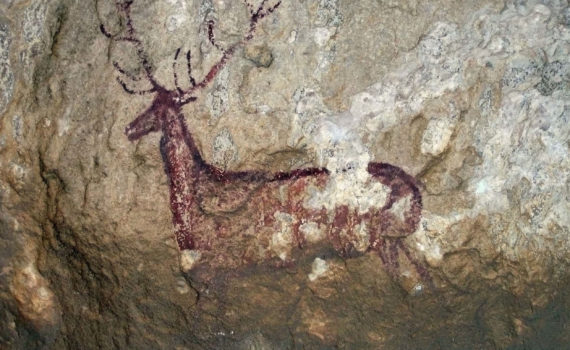
The late prehistoric rock-art sites of the Mediterranean seaboard of the Iberian peninsula form an exceptionally large group.
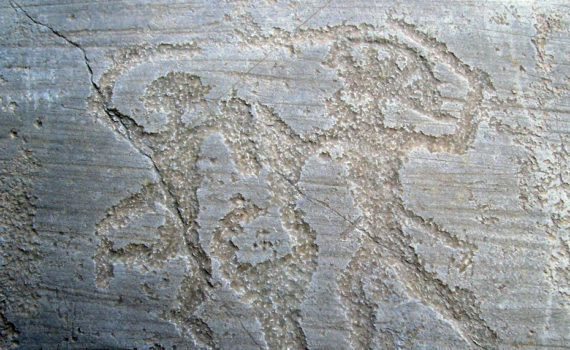
Valcamonica, situated in the Lombardy plain, has one of the world's greatest collections of prehistoric petroglyphs
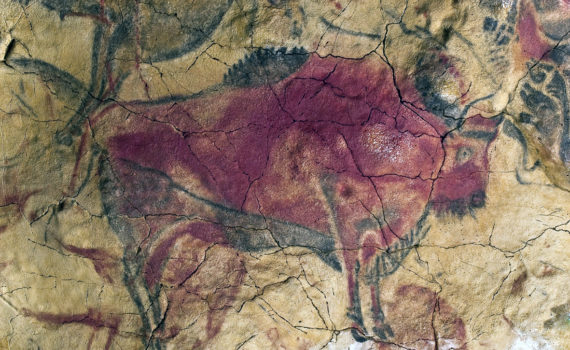
Seventeen decorated caves of the Paleolithic age were inscribed as an extension to the Altamira Cave
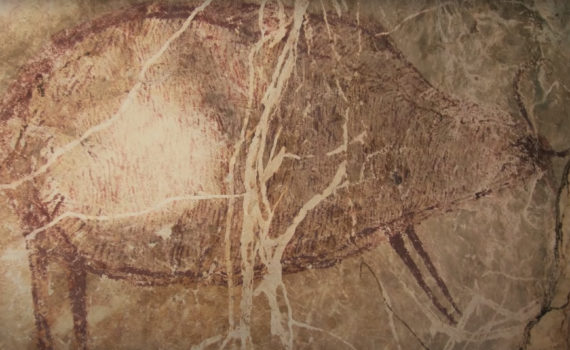
These enigmatic artworks are among the world’s oldest examples of figurative depiction.
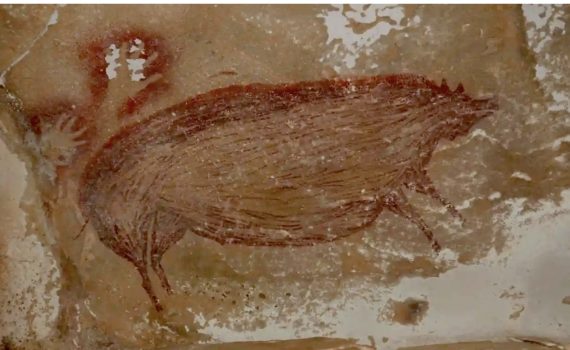
A team of Griffith University archaeologists has shared in the discovery of what may be the world’s oldest known cave painting, dating back to at least 45,500 years ago.
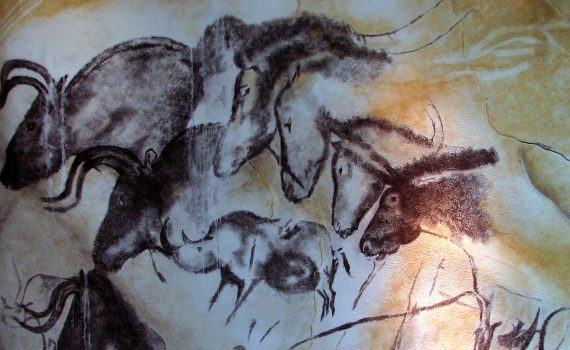
One of the defining traits of humans is our drive to make art, and this desire to create is as old as our species.
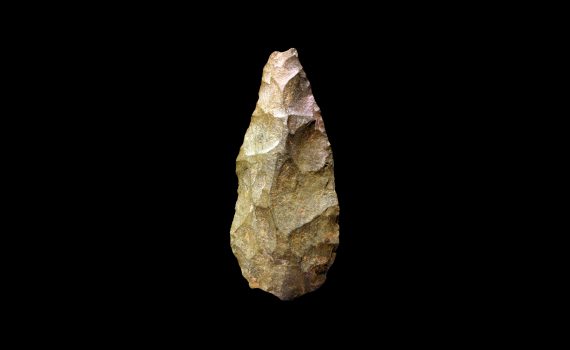
Fire, clothing, or the wheel: was this humble hand axe the earliest human technology?
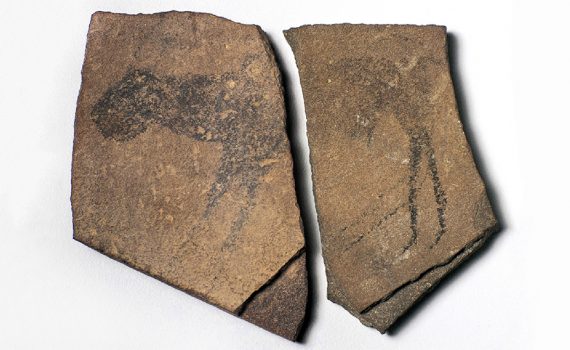
All evidence points to Africa as the origin of our species … is Africa also the birthplace of art?

Curated Guides are collections of Smarthistory videos and essays curated and organized by leading scholars into strategic pathways for learning and teaching. Check out the 3 types of guides: The Basics, Syllabi, and Thematic Series!
Curated Guides are part of an ongoing effort to make Smarthistory even more useful for educators and learners everywhere. Stay tuned for more updates!